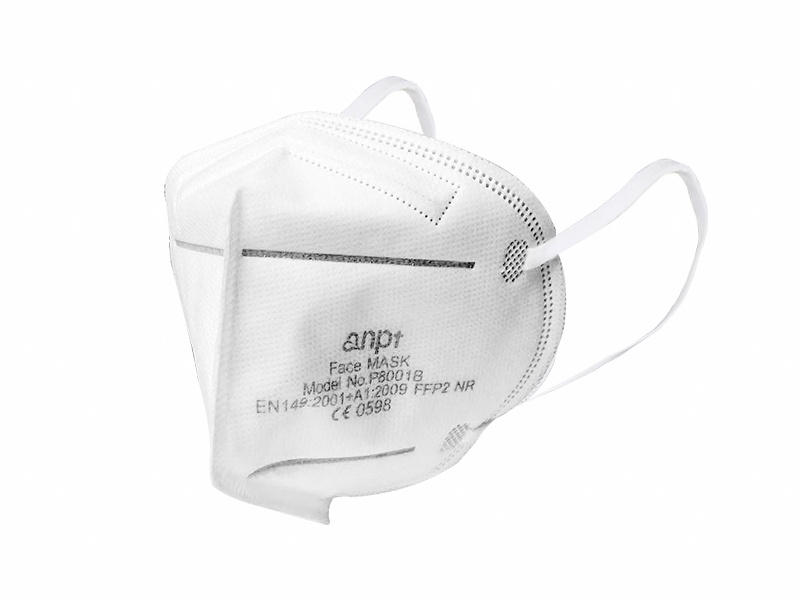There are 9 aspects in the testing standards for disposable medical masks, namely appearance, structure and size, nose clip, mask belt, bacterial filtration efficiency, ventilation resistance, microbial indicators, ethylene oxide residue, and biological evaluation.
Specific standards for testing disposable medical masks:
1. Appearance. The appearance of the mask should be neat and in good shape, and the surface should not be damaged or stained.
2. Structure and size. After wearing the mask, it should be able to cover the wearer's mouth, nose and jaw. It should conform to the designed size, and the maximum deviation should not exceed ±5%.
3. Nose clip. The mask should be equipped with a nose clip, the nose clip should be made of plastic material, and the length should not be less than 8.0cm.
4. Mask belt. Masks should be easy to wear and take off, and the breaking strength of each mask strap and the connection between the mask body should not be less than 10N.
5. Bacterial filtration efficiency. The bacterial filtration efficiency of the mask should not be less than 95%.
6, ventilation resistance. The ventilation resistance for gas exchange on both sides of the mask should not be greater than 49 Pa/cm².
7. Microbial indicators. Non-sterile masks should meet certain data standards, and sterilized masks should be sterile.
8. Residual amount of ethylene oxide. If the mask is sterilized or disinfected by ethylene oxide, the residual amount of ethylene oxide should not exceed 10 μg/g.
9. Biological evaluation. The cytotoxicity of the mask should be no greater than grade 2, the primary irritation score should be no greater than 0.4, and the delayed type hypersensitivity reaction should be no greater than grade 1.
